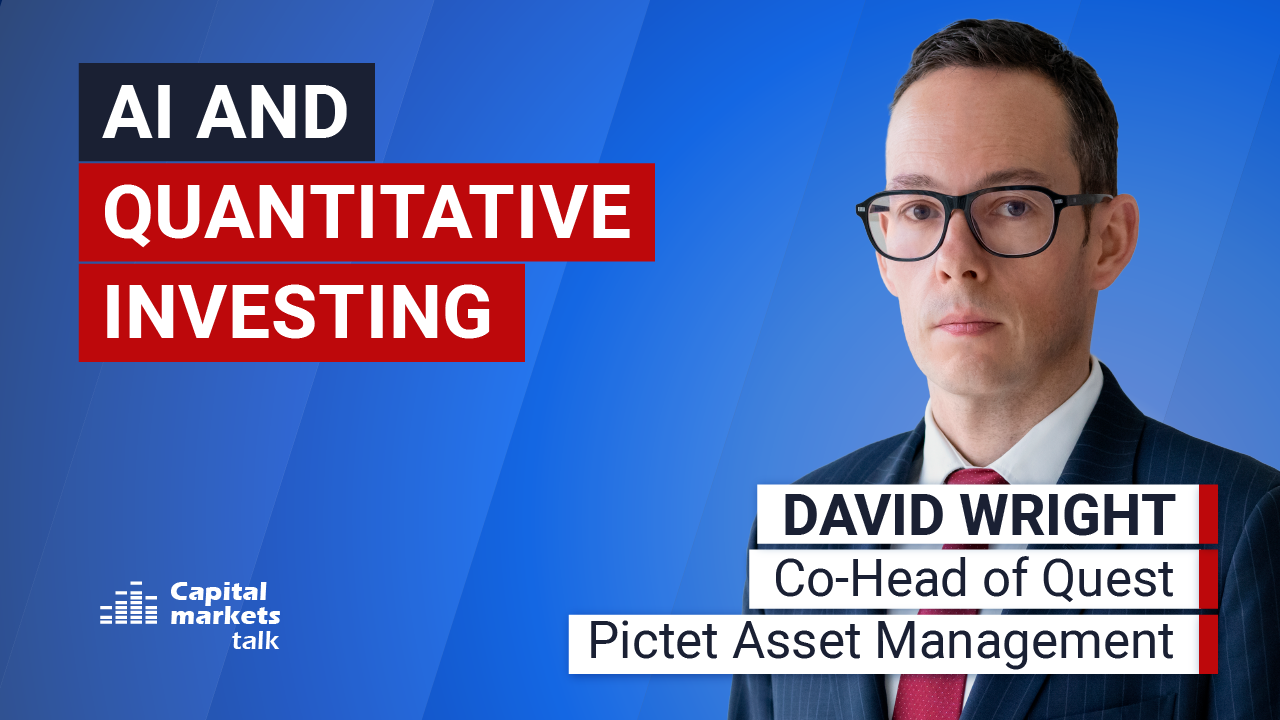Home-bias is a frequent occurence when it comes to investing. For example, US investors tend to prioritise domestic yield advantages and may overlook opportunities overseas, as AllianceBernstein (AB) points out. The asset manager highlights three compelling reasons why gobal bonds might be an alternative.
As per AB, the first reason is a large opportunity set. “…the global bond market is much more diverse than the US bond market. Not only does it offer more opportunities from which an active manager can choose, but its differing landscapes provide significant variety and diversification sources,” writes Nicholas Sanders, Portfolio Manager—Global Multi-Sector at AB.
“Diverging regimes create opportunities for investors to differentiate and add new sources of alpha. Today, for instance, as central banks come to the end of their hiking cycles, the lagged impact of tightening feeds through to economies at different speeds,” he adds.
For the second reason, the asset manager informs that hedged bonds from around the world have exhibited lower volatility and provided more diversification benefits compared to the US bond market. Sanders also points out that during extreme stock market declines, global bonds have shown lower correlations with US stocks, offering stability to a portfolio.
“Lastly, bond investors didn’t miss out on US bond market rallies by investing in global markets. But they also didn’t concede as much when US bond markets fell,” notes Sanders. According to him, the third reason for US investors to consider global bonds is that hedging into US dollars can boost low yields.
AB suggests that despite lower yields in some global government bond markets, currency hedging can increase a bond’s yield. Hedging foreign currency into US dollars reduces portfolio volatility while preserving diversification benefits. This can lead to higher yields, making global bonds an attractive option, adds the asset manager.
“In short, active investors should keep the full range of global bond options on the table—and stay nimble to take advantage—especially in today’s environment. Given its return, volatility, and diversification advantages, as well as its unique opportunities for adding alpha, we think an allocation to global bonds makes sense for US investors,” concludes the asset manager.
Read the full insight here.
Read more

Columbia Threadneedle Investments
What’s next for the US in 2025?
US equities remain attractive despite high valuations, but rising government debt could pose a threat to bond markets.

Quant Investing
AI and quantitative investing
Artificial intelligence applications go way beyond stock selection.

Schroders
Looking ahead: 30-year return forecasts
Higher returns are expected across asset classes, driven by stronger productivity growth for equities and elevated long-term central bank rate projections for bonds.

Bellevue Asset Management
Demographics and AI drive MedTech stocks
MedTech investment case: What makes it attractive, which trends stand out?





















